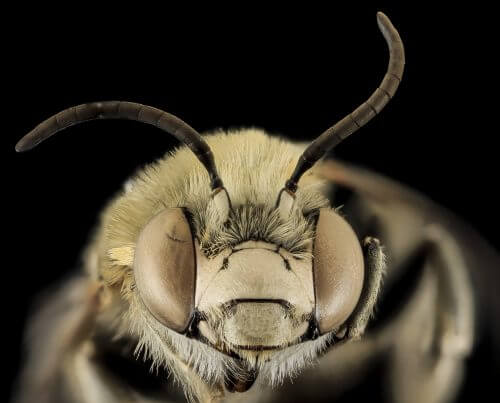The company REGEN Energy has developed a system for optimal management of energy consumption, based on a swarm of bees.

By: Yael Halfman Cohen
In 2003, there were many incidents of disruptions in the electricity supply in Canada, which were caused by peak peak demand during peak hours. Reducing the load contributes to stability in the electricity supply to consumers, and to a reduction in carbon emissions to the environment.
How, then, can the load on the network be reduced during peak hours?
Mark Karbel and Roman Kulik, two Canadian entrepreneurs with a background in electrical engineering, computer science and mathematics, and with experience in designing software systems for energy management recognized the challenge, and were looking for a simple and integrative solution, which could not only raise a profit but also solve an environmental problem and reduce carbon emissions.
At the beginning, the entrepreneurs recognized that industrial buildings are a key factor in creating the demand for electricity. These buildings in the USA, for example, are responsible for 39% of the general electricity consumption in the USA. Their contribution to the demand load is even higher, due to the cooling needs of these buildings during the hot days of summer. The developers also discovered that the owners of the buildings are very disturbed by the significant increase in their electricity bill during the peak periods. By reducing consumption during peak hours, which accounts for 20-50 percent of the monthly bill, there is a huge potential for savings.
The proposed solution to reduce demand during peak hours is related to the behavior of a swarm of bees. The bees communicate with each other without a central government, based on simple rules. The result is optimal behavior at the swarm level, known as swarm intelligence.
Photo by CC 3.0 Sahzade
The entrepreneurs developed an algorithm based on the communication between bees, which allows all the energy consumers in the building to "communicate" with each other, and raise a "red flag" in case of unnecessary energy consumption. Energy consumers such as air conditioners, pumps, compressors and the like operate in cycles. When there is no match between their operation, and when they are activated at the same time, a peak demand is created.
The biomimetic solution is the EnviroGrid controller, which links the controllers of the equipment in the building, and acts as a smart switch. The duration of the installation of the controller is only about 30 minutes, with minimal disruption to the current operation. Every 2 minutes the controller samples the energy consumers, and the information is transmitted to the consumer network. As soon as several controllers are activated simultaneously, the Zigbee standard (protocol for local wireless communication in radio waves) is activated to determine the optimal activation order. So in fact, each energy consumer is a node, in a network that operates independently but takes into account the state of the other nodes. A typical building has
Between 10 and 40 controllers, working together imitating the communication in a hive - the more nodes there are in the network, the more efficient it is.
The result: reducing demand during peak hours by balancing demand, using energy only when needed, identifying inefficiency and warning about it.
Regen Energy received recognition and awards, and grew and developed despite the high competition in the energy management systems market. The company also began operating in the US, offering a 20% reduction in the customers' electricity bill, and an attractive return on investment of 1.2 years on the system.

5 תגובות
I did not phrase the sentence correctly "miracles are true in low cases" you are right. apologetic.
Life
What you wrote - the efficiency increased from 10% to 20%. It's 100%, not 50%…
Miraculously, this is true at low utilisations, but at high utilisations the improvement is small. At the moment I have (with a group of scientists from the Technion) a desktop proof of feasibility. We lack the capital to finish development and start production. I would love to hear from interested parties willing to join the project. If possible, we reached an efficiency of 9% since we used available materials but not the right ones. In a theoretical calculation we reached (including conversion losses) 65%. But for the sake of caution, we lowered the expectations to only 34%.
Life
This is a 100% improvement….
They are reinventing the wheel. I have already registered a patent on this technology by improving the performance of solar panels by 50%. That is, a 10% panel will give an output of 20%.